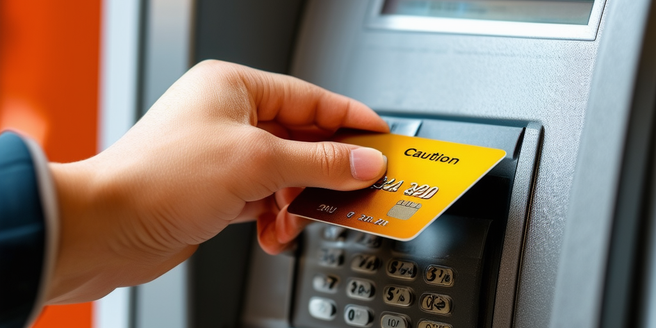
Understanding the Risks of Credit Card Fraud
Credit card fraud is a prevalent issue that can have significant financial implications. Understanding the nature of this crime is crucial for protection. Fraudsters often use tactics such as card skimming, identity theft, and online hacking to gain unauthorized access to credit card information. The increasingly digital nature of transactions enhances these risks, as personal data becomes more accessible to cybercriminals. Staying informed about the latest fraud methods and maintaining vigilance when reviewing statements or making transactions can mitigate this risk. Moreover, adopting security measures like using secure passwords and regularly checking account activity helps detect any suspicious charges early, thereby reducing the chance of extensive financial damage.
Best Practices for Secure Online Shopping
As online shopping continues to grow in popularity, ensuring the security of your credit card information is paramount. Begin by shopping only on secure websites that use HTTPS and have a padlock symbol in the URL bar. Avoid using public Wi-Fi networks for transactions, as they can be susceptible to interception by hackers. Regularly update your passwords for shopping accounts and utilize complex combinations that are hard to guess. Using a dedicated credit card for online purchases can help manage and monitor expenses more effectively. Additionally, consider adding an extra layer of protection by enabling two-factor authentication wherever possible, ensuring only you can authorize transactions.
How to Spot Phishing Scams and Fraudulent Emails
Phishing scams and fraudulent emails are designed to trick individuals into providing their credit card information. These scams often mimic legitimate businesses, making it crucial to examine any unsolicited communications critically. Be wary of emails requesting urgent action or asking for personal details. Check the sender’s address for discrepancies and avoid clicking on any links, especially if the email seems suspicious. Legitimate companies rarely ask for sensitive information over email. Use spam filters in your email to block potentially harmful communications, and report phishing attempts to appropriate authorities. Staying aware and cautious can prevent falling victim to these scams.
Utilizing Technology for Enhanced Credit Card Security
Incorporating the latest technology enhances credit card security, reducing the chances of fraud. Technologies like EMV chips in credit cards add a layer of encryption, making it difficult for unauthorized users to duplicate information. Mobile payment systems, such as Apple Pay or Google Wallet, offer secure transaction methods by not transmitting actual card numbers during purchases. Utilizing mobile banking alerts can provide real-time updates on card usage, allowing quick detection and response to unauthorized transactions. Explore virtual credit card numbers for online shopping, which create a temporary card number linked to your account, further safeguarding your actual credit details.
The Importance of Regular Credit Card Statement Checks
Regularly checking credit card statements is an essential practice for maintaining financial security. Monthly reviews help identify any unauthorized charges early, allowing swift action. This practice also aids in tracking spending habits, ensuring budgets are adhered to and financial goals remain on target. With each monthly review, you gain better control over impulsive spending. Expand this activity into monitoring your credit report as well, verifying all listed accounts and ensuring there are no discrepancies. Consistent diligence in reviewing statements can uncover potential identity theft, alerting you to breaches before significant financial loss occurs. Establishing this routine enhances overall awareness of your financial standing.
Steps to Take if Your Credit Card Information Is Compromised
Discovering that your credit card information is compromised can be distressing, but quick action can mitigate damage. Immediately contact your credit card issuer to report the theft and have the card canceled. This prevents further unauthorized spending. Review recent transactions meticulously to identify fraudulent charges, and dispute them with your card company. Following this, initiate a fraud alert with a credit bureau to monitor any suspicious activities. Consider changing passwords for online accounts associated with the card. Finally, report the theft to the relevant authorities and gather documentation of all communications, aiding any future legal processes.
